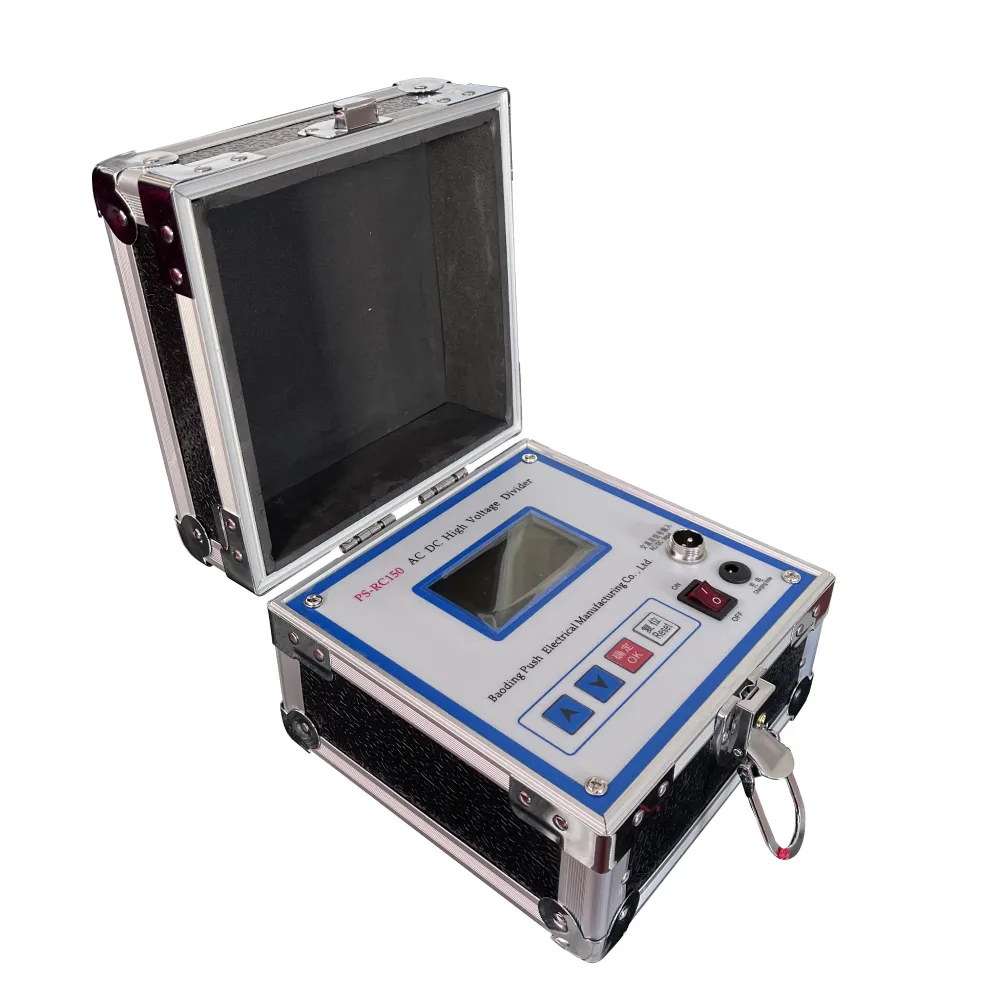 English
English


Exploring the Principles and Applications of Potentiometric Titration Equipment in Analytical Chemistry
Understanding Potentiometric Titration Equipment A Comprehensive Overview
Potentiometric titration is a vital analytical technique widely employed in chemistry to determine the concentration of an unknown solution. This method utilizes a potentiometric sensor to measure the potential difference of a solution as a titrant is added. The equipment used in potentiometric titration is critical as it ensures accurate and reliable results, making it important for various applications, including pharmaceuticals, food chemistry, and environmental testing.
Basic Components of Potentiometric Titration Equipment
The primary components of potentiometric titration equipment include a potentiometer, an indicator electrode, a reference electrode, and a titrant delivery system.
1. Potentiometer The potentiometer is a sophisticated device that measures the voltage (potential) of the solution, which relates to the concentration of ions present in the solution. The voltage readings are crucial for plotting the titration curve, which graphically represents the changes in potential as the titrant is added.
2. Electrodes The two types of electrodes used in potentiometric titration are the indicator electrode and the reference electrode. The indicator electrode is typically a glass electrode for pH determination or a ion-selective electrode for specific ion concentration measurements. The reference electrode provides a stable reference potential against which the indicator electrode's potential is measured. Common examples of reference electrodes are the Ag/AgCl electrode and the calomel electrode.
3. Titrant Delivery System This system usually consists of a burette or a syringe pump used to precisely dispense the titrant solution into the analyte solution. The accuracy of titrant delivery is critical in achieving precise endpoints in titration.
potentiometric titration equipment

The Titration Process
During a potentiometric titration, the titrant is slowly added to the analyte solution while continuously monitoring the voltage change. The addition continues until the equivalence point is reached, where the amount of titrant added is just enough to completely react with the analyte. This point corresponds to a sharp change in the voltage, which is noted on the titration curve, allowing for accurate analysis of the unknown concentration.
Advantages of Potentiometric Titration
One of the significant advantages of potentiometric titration is its high precision and accuracy. Unlike other titration methods, potentiometric titration is less influenced by color changes or turbidity in the solution, making it suitable for colored or cloudy samples. Additionally, it can be employed to analyze a wide range of ionic species, thereby extending its applicability across different fields.
Moreover, this technique provides real-time data, allowing chemists to observe how the potential changes continuously throughout the titration. This helps in identifying not just the endpoint but also the behavior of the solution as the titrant is added, providing insights into the reaction dynamics.
Conclusion
Potentiometric titration equipment plays a fundamental role in modern analytical chemistry. Its ability to deliver precise and high-quality data makes it an indispensable tool in laboratories. As technology advances, newer and more refined potentiometric equipment continues to emerge, enhancing the capacity for accurate measurements even further. Whether in research settings or industrial applications, the significance of potentiometric titration cannot be overstated, serving as a cornerstone for effective quantitative analysis in various scientific domains.
-
Differences between open cup flash point tester and closed cup flash point testerNewsOct.31,2024
-
The Reliable Load Tap ChangerNewsOct.23,2024
-
The Essential Guide to Hipot TestersNewsOct.23,2024
-
The Digital Insulation TesterNewsOct.23,2024
-
The Best Earth Loop Impedance Tester for SaleNewsOct.23,2024
-
Tan Delta Tester--The Essential Tool for Electrical Insulation TestingNewsOct.23,2024





